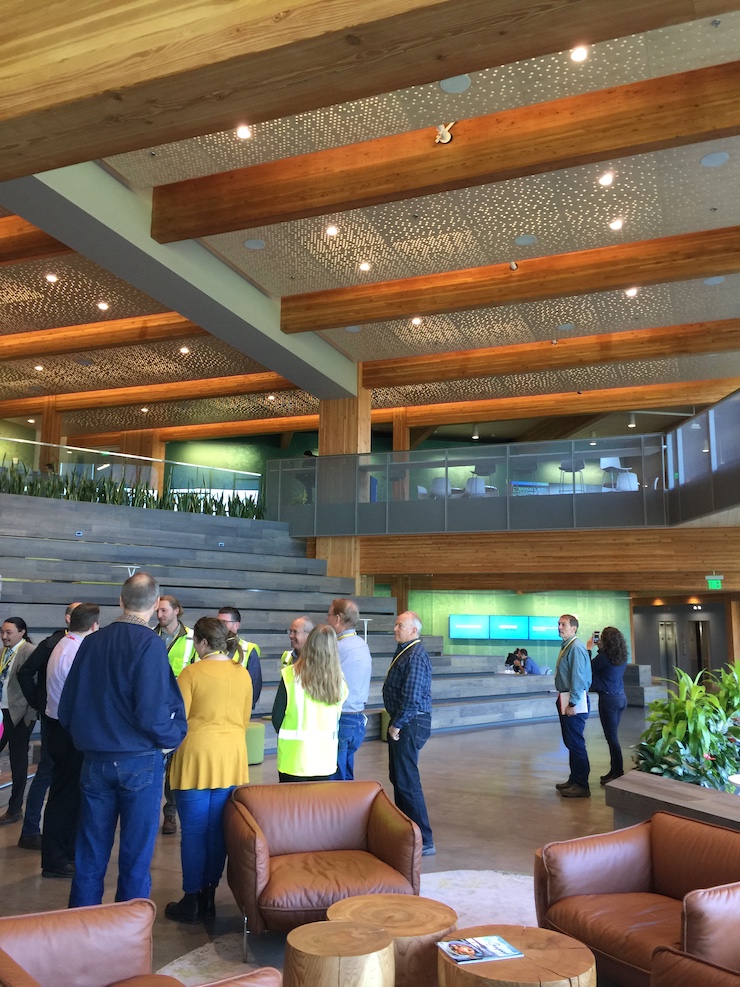Finding Economic Value in Small Diameter Trees and Brush
One important aspect of improving wildfire safety in the county and state is to make forest thinning and fuel reduction (not clearcutting!) financially viable. This involves creating economic value for small diameter trees and brush. The concept of highest and best use applies here. If a tree that is removed for the purpose of public safety can be used for dimensional lumber, (2x4s, etc.) that is great. Small diameter trees and brush can be chipped for multiple, but often low value uses, so one key to economically viable fuel reduction is finding higher value ways to use small diameter trees and brush.

In November of 2019 I was invited by the Governor’s office to join a small group for a week-long tour, hosted by the U.S. Forest Service, of facilities in Northern California and Oregon that are deriving economic value from otherwise unmerchantable forest byproducts. Deriving economic value from sustainable fuel reduction activities is important in helping pay for activities that improve forest health and fire safety. The picture on the left above is a press that is used to create mass timber beams that are made by gluing many smaller pieces of lumber together to make not only a very strong, but also beautiful beams, as shown above on the right, which are capable of spanning large distances.

For small diameter trees, slash and brush that cannot find a higher use, then local, rural small-scale biomass-to-electricity plants are likely a viable answer. The Mariposa Biomass Project that I helped found, is currently waiting for its technology partner Cortus Energy to finish the installation of their first plant in Sweden, but that should happen soon, allowing our local project to move forward.
Unfortunately, there have been many reasons why so far, no small-scale (<3 MW to the grid) biomass plants have been built and become operational in California, despite the economic incentives put in place by the California legislature. One of the obstacles to success of such plants has been hurdles created by the utility companies such as PG&E. One such hurdle imposed is a very high cost to connect to their grid, typically several million dollars, and the requirement that one third of that amount be paid to them very early in a project’s timeline. Since no project could come up with the $600,000 to $1,000,000 years before they could possibly have revenue, I worked with the California legislature to pass a bill to wave this early payment and now a number of projects are moving forward, albeit slowly.
Because small-scale biomass-to-electricity plants offer the potential for economic value for forest biomass, sustainably harvested for reasons of public safety, while reducing air pollution by 98-99% compared to open pile burning, I will continue to support this concept both locally and at the state level.

